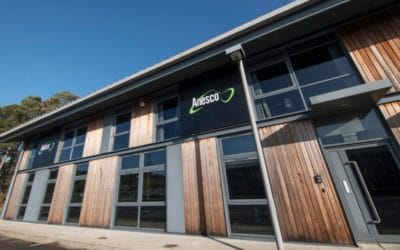Climate change is firmly back in the spotlight following a report by the Intergovernmental Panel on Climate Change (IPCC) that has warned rapid action needs to be taken if we are to avoid causing irreversible damage.
Against this backdrop, central government has revealed a wish for the UK to achieve zero carbon emissions by 2050 and public backing for environmental issues has reached a record high – all of which means the pressure is now on at a local level.
Reducing emissions, improving air quality and aiding the transition towards a smart energy system are all vital parts of the climate change puzzle, and local authorities will play a significant role in whether these ambitions are realised.
But with budgets strained and so many contrasting claims and promises made within the context of renewable technologies, it is little surprise that many council leaders are unclear about the best way to proceed.
However, while renewables may traditionally have been regarded as high risk, they are increasingly been shown to be a strategic long term investment that can prove valuable on many levels. Indeed, since Anesco was founded in 2010 the landscape has evolved substantially. We are now at a point where we are delivering 5% preferred returns for the local authorities we work with and can provide the comprehensive data needed to drive forward the business case for such investments.
Whether it’s rooftop solar installations, the use of battery storage units, EV charging infrastructure or the implementation of energy efficiency measures in council-owned buildings, there are many opportunities and the financial case for capitalising on them has never been stronger.
What we strongly believe is that the path to low carbon, renewable infrastructure is one that sees renewables driving growth and providing vital income for local authorities, whilst at the same time delivering the low carbon future that is essential for future generations.





